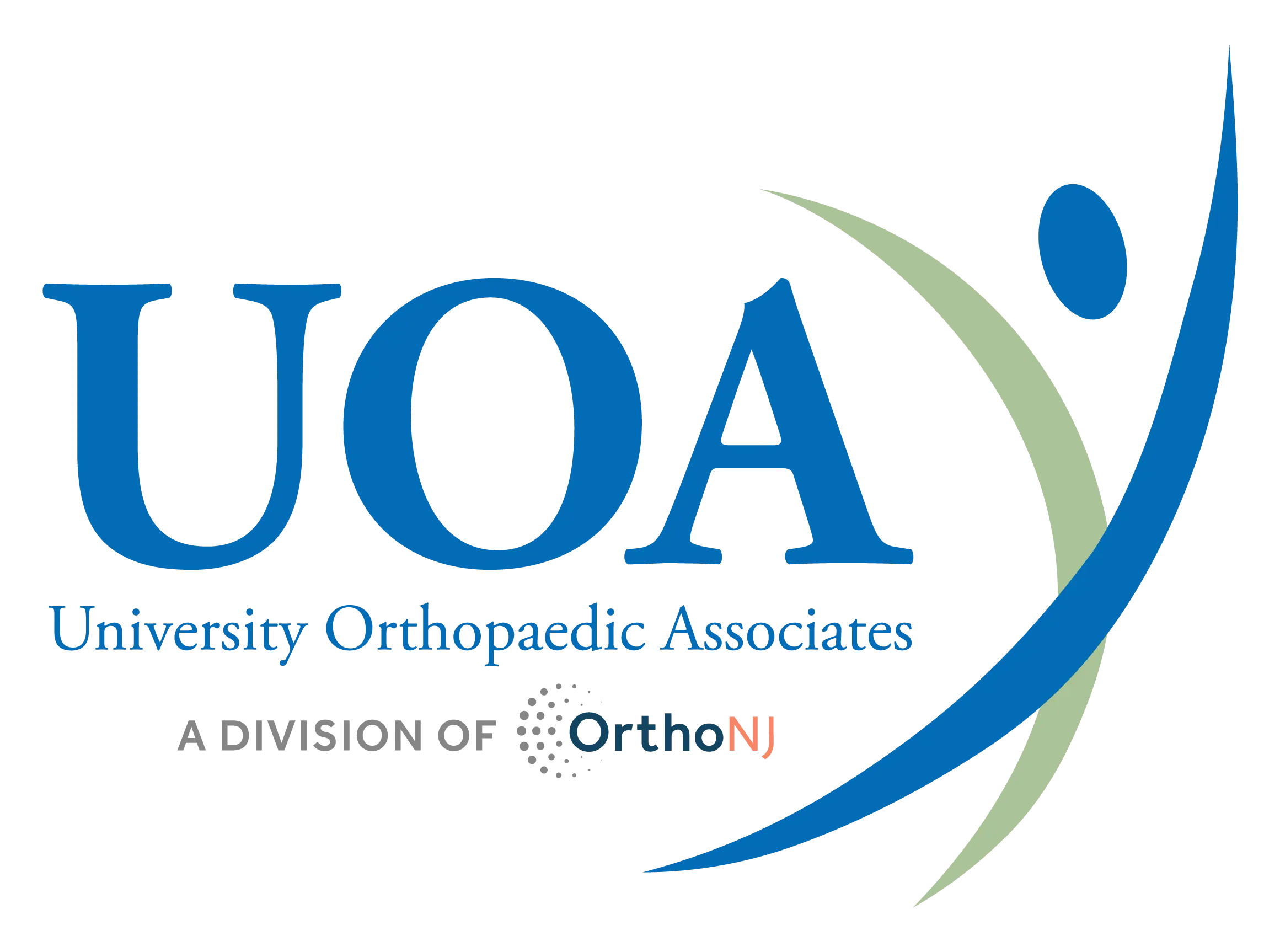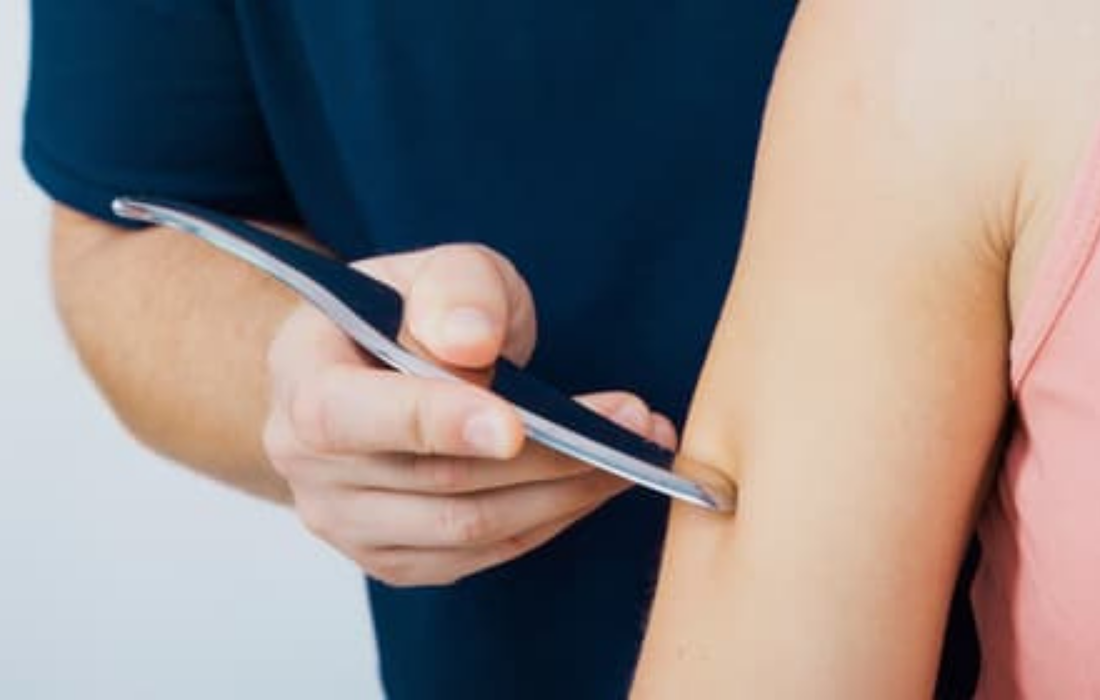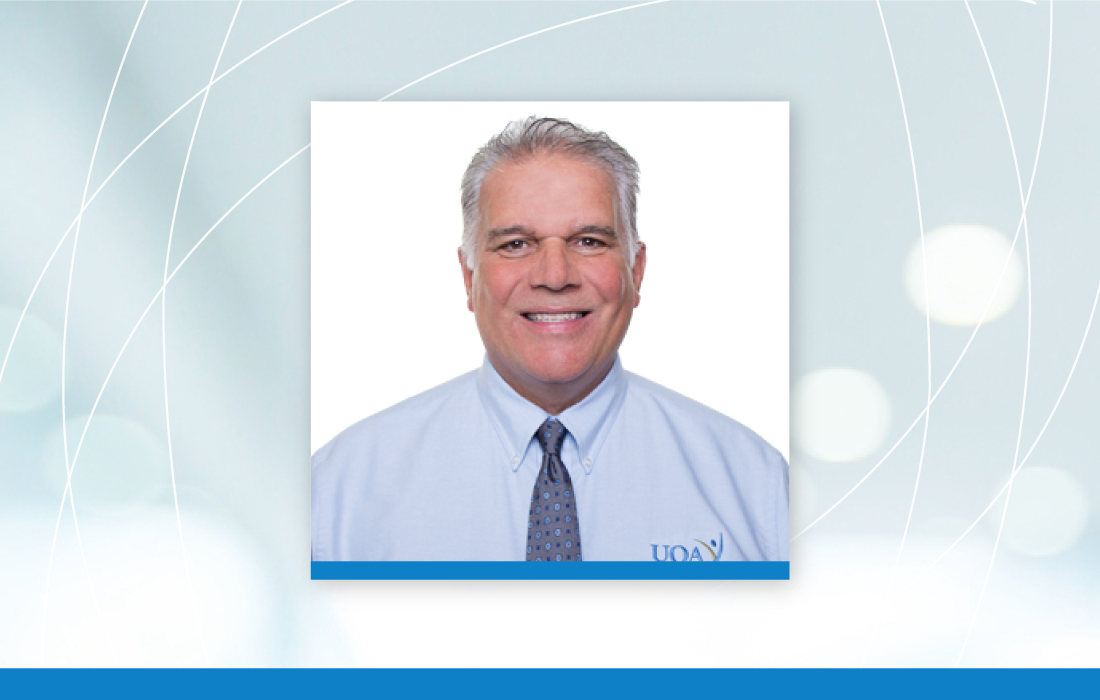If you have ever heard of the term “dry needling,” you may be curious about what this procedure involves and if you might benefit from this therapy. At University Orthopaedic Associates (UOA), specialists perform a number of procedures that can help patients overcome painful and limiting musculoskeletal condition, and dry needling can be a powerful tool for treatment.
Here’s everything you need to know about the dry needling procedure, including whether it may be right for you.
What Is Dry Needling?
Dry needling is a technique used by physical therapists to relieve pain and discomfort. It involves using a specialized needle to target muscles, ligaments, tendons and fascia in specific areas of the body to address pain and movement dysfunctions.
What Conditions Can Benefit From Dry Needling?
Because dry needling accesses dysfunction throughout the musculoskeletal system, it can be a beneficial procedure for a number of conditions, including but not limited to:
- Headaches/migraines
- Mechanical neck and low back pain
- Carpal tunnel
- Tendonitis
- Tennis elbow/golfers elbow
- Hip conditions
- Knee Osteoarthritis
- Patellofemoral pain syndrome
- Ligamentous knee injuries
- Ankle sprains
- Achilles tendinosis
- Plantar fasciitis
How Does Dry Needling Work?
Given the broad range of conditions that can benefit from dry needling, you may be wondering, “What does dry needling do?” Researchers believe that dry needling works by causing a controlled inflammatory response in the tissue. This inflammatory response causes increased blood flow to the area which causes a rush of nutrients to the tissue that helps the tissues function properly. Additionally it causes stimulation of receptors in the muscles and tendons that override the pain signals to the brain, stimulates the release of chemical pain mediators, and reduces tissue hypersensitivity.
How Is Dry Needling Performed?
A trained Physical Therapist first identifies a problematic area by performing an evaluation of the area of the body. Then, a thin monofilament needle is inserted into a targeted muscle, tendon, ligament or fascia, either superficially or at a deeper level. The needle may either be left in place for a length of time or removed quickly, triggering relief of pain or inflammation.
Does the Dry Needling Procedure Hurt?
A dry needling procedure may have some associated discomfort due to the increased blood flow to the area and the stimulation of the muscle fibers. Normally, people will feel a deep muscular ache in the area being treated, however, it should be temporary and should resolve within a minute. You may be slightly sore after the procedure—however, this should be mild and temporary. There are some normal tissue responses that can occur locally and systemically after a treatment. Local tissue responses include soreness in the area treated, muscle fatigue, and stiffness. Systemically, you may feel relaxed, drowsy or even sleepy as dry needling can have an impact on the central nervous system. The physical therapist will monitor for these responses during and following treatment. Soreness and mild discomfort for up to 24 hours is a normal response after dry needling. If your symptoms are severe or last longer than 24 hours please contact your physical therapist.
Who Performs Dry Needling Procedures?
Dry needling is a technique that is performed by physical therapists who have undergone rigorous training and education specifically in dry needling. At UOA, physical therapists are well-versed in treating many types of conditions using dry needling.
What Are the Benefits of Dry Needling?
Dry needling can be a powerful way to relieve pain and improve mobility. It is a minimally invasive procedure with no downtime, and it is also generally very safe. Currently, this treatment is not covered by insurance and is an out-of-pocket cost for the patient.
What Are the Risks or Side Effects of Dry Needling?
Dry needling side effects/adverse reactions include mild bleeding, bruising and soreness. Serious side effects beyond these are rare, however it is possible. Some of the more serious side effects that may occur following dry needling treatment include fainting/needle shock, pneumothorax and infection. Certain patients are not recommended to try dry needling, including those who have a phobia of needles, infection, recent surgery, uncontrolled blood pressure or diabetes, lymphedema or conditions that cause lower immunity such as active autoimmune diseases or recent cold/flu/virus, and pregnancy less than 12 weeks or greater than 36 weeks.
How to Learn More About Dry Needling at UOA
If you are experiencing musculoskeletal pain or have orthopaedic injuries, dry needling may help provide significant relief. Contact the physical therapy specialists at the Center for Rehabilitation and Sports Excellence at UOA to learn more.




